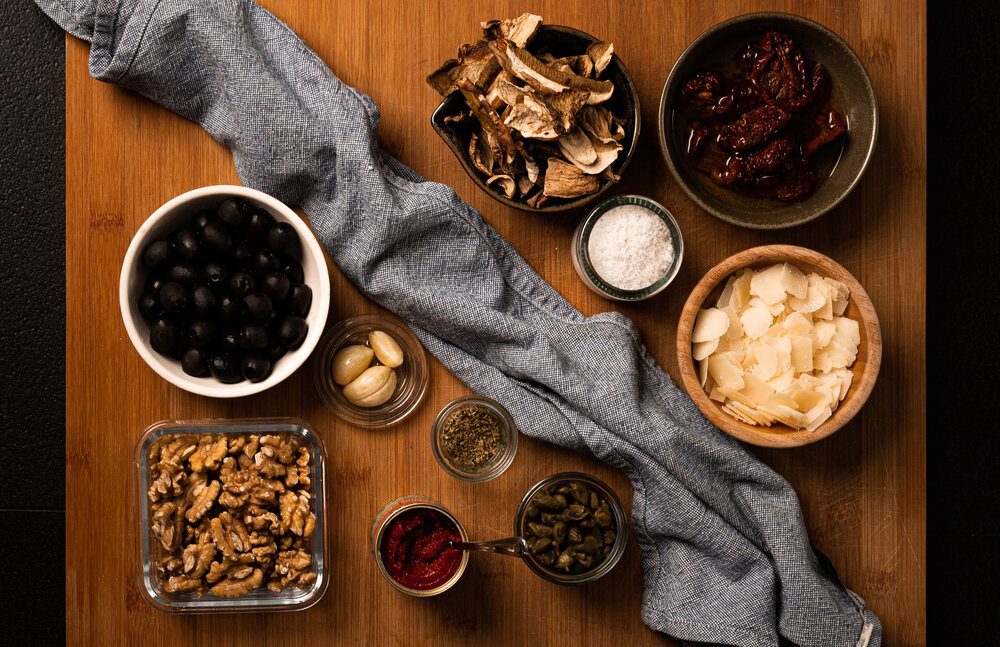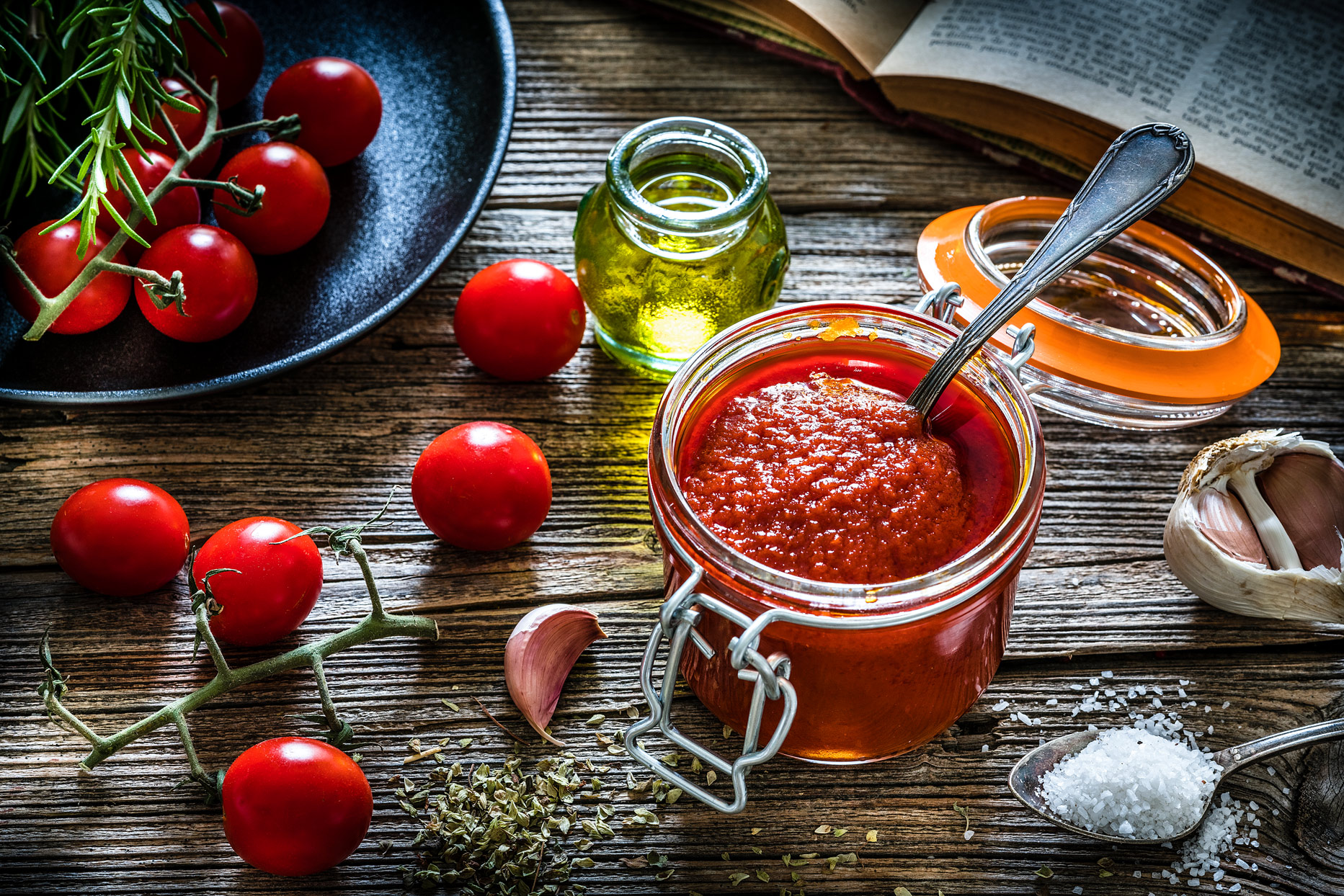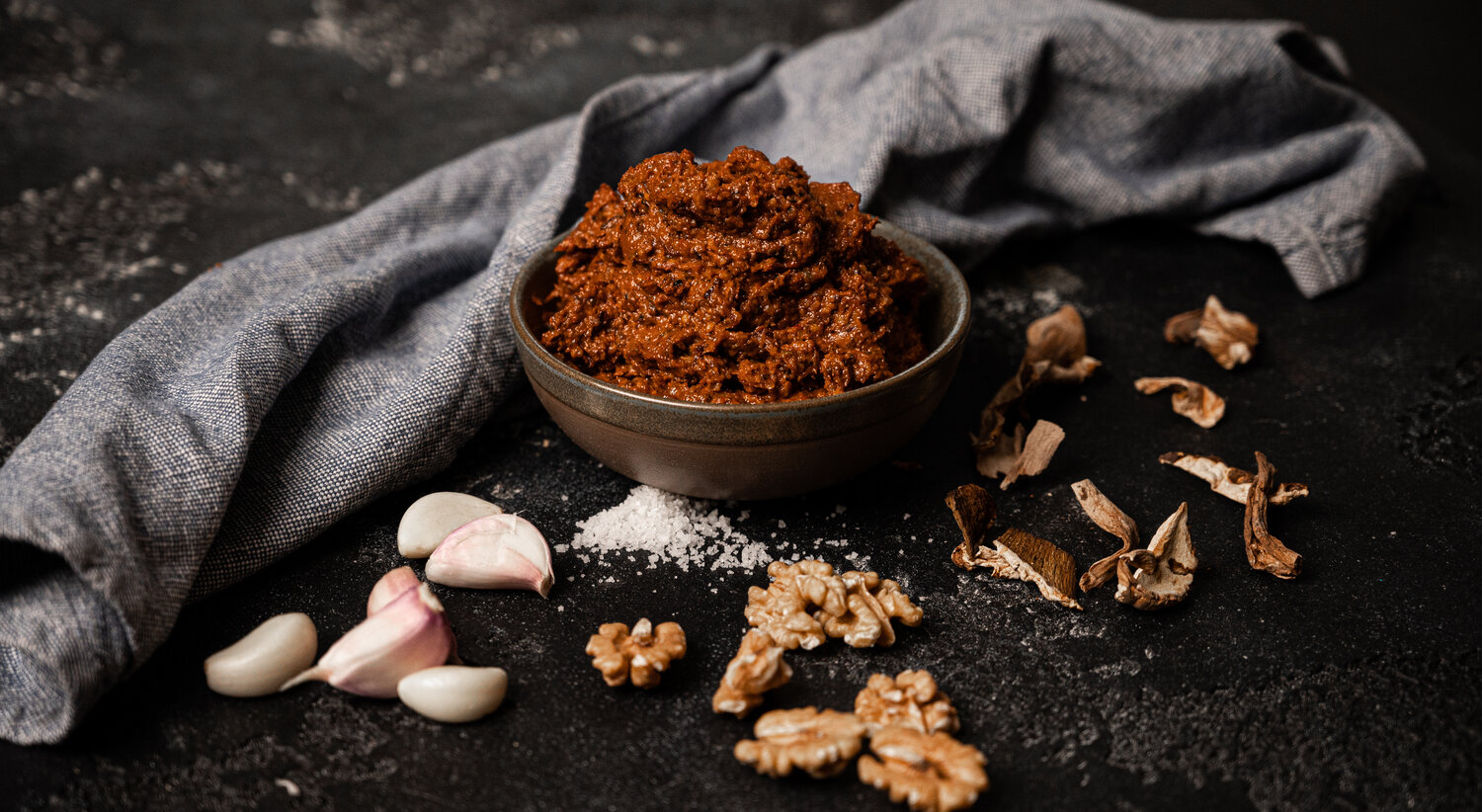Umami paste is a Japanese spice made from fermented soybean paste that is popular in soups, stews, and sauces. Umami paste is made by adding the naturally occurring amino acid glutamate to soybean paste, and then allowing it to ferment. It is not a secret ingredient, and it is available in most Asian supermarkets.
Umami paste is a paste that has been made from fermented soybeans, with a taste that is said to be similar to the taste of natural chicken breast or fish. At the moment, it is becoming more and more popular as a food to eat. In Japan, every family has umami paste in their pantry, and they use it for various dishes. But umami paste is not easy to come by in Japan, so it has become quite a popular product among foreigners.
There’s no denying that Umami paste is a delicious condiment. When made correctly, and combined with a range of ingredients, umami paste can elevate the flavors of many dishes, from sweet and savory to salty and sour. What’s more, it’s a very versatile product that can be used to flavor dips, dressings, sauces, and more.
Umami adds a pleasant salty flavor to food and helps the other ingredients in the dish come into their own. An easy way to achieve this is to use umami paste, but it is not always easy to find in the store. If you are looking for a substitute for umami paste, read on. You get ten alternatives with which you can prepare any recipe without pasta.
What can be used instead of umami paste?

If you need a substitute for umami pasta, liquid umami pasta or a tapenade with a few spoonfuls of parmesan cheese is the best option. A simple combination of anchovy paste and tomato paste also works well.
These alternatives add a warm flavor to any dish, and all the ingredients are easy to find in the supermarket. See our full list of replacement units below.
- If you choose an option that uses more than one ingredient, you can make a paste by grinding everything together in a blender. Otherwise, a simple fork will do.
- Some foods, such as. B. Truffles and miso have a different flavor profile than umami paste. We therefore recommend that you use a small amount and then taste it. Add more if needed.
1. Liquid Umami

We’ve tried several brands and have been very pleased with Yondu Vegetable Umami [Amazon link]. It is a vegetable product that enhances the taste of vegetables, soups, cereals and pasta. In fact, any recipe that uses umami paste works just as well with a few teaspoons of this liquid.
Of course there are other brands, but this brand has built an excellent reputation for versatility and taste.
2. Tapenade
Homemade or store bought tapenade is a great alternative to umami paste. They are often made with olives, anchovies and olive oil, the dominant flavors in umami pasta.
You can sprinkle a tablespoon or two of parmesan cheese on top to make the flavor a little sharper. For those who love soft dishes, tapenade is also excellent on its own.
Note that some store-bought tapenades contain parsley, which is not in the umami paste. However, in most recipes, this should not be the deciding factor.
3. Anchovy concentrate + tomato concentrate

If you’re making one of Jamie Oliver’s 5-ingredient recipes or anything else that needs extra flavor, umami noodles really aren’t essential. For centuries, Italians have been making fantastic dishes with anchovies and tomato paste. These two ingredients give pasta sauces a deliciously salty flavor. A final sprinkling of Parmesan cheese at the table completes a perfectly balanced dish.
If you don’t have anchovies in your kitchen, try an oily fish like mackerel, sardines or even shrimp paste.
4. Nutritional yeast
Nutritional yeast is a useful substitute for vegetable umami paste. Vegans, vegetarians or people who do not eat seafood can use this powder to flavor and thicken soups and sauces.
To achieve a consistency close to an umami paste, mix a tablespoon of yeast with half a cup of olives, a crushed clove of garlic and a little olive oil.
5. Mushroom and truffle paste

If you want to add an umami flavor to your dish and are happy with a different flavor, truffle paste is a great choice. These coveted mushrooms add a spicy, musky, slightly mushroomy flavor to recipes. If you add mushrooms, you get a richer, spicier flavor.
Use mushroom and truffle paste in risottos, pasta dishes, marinades and sauces. A little goes a long way, so use it sparingly (about 1 tablespoon), then taste and add more if needed.
6. White miso paste
Misopaste is a popular Japanese condiment prepared by fermenting soybeans with koji, salt and sometimes other ingredients such as seaweed. Miso has a salty, spicy flavor, ideal for adding to dressings, soups, sauces, stews and glazes.
If you use soybean paste instead of umami paste, we recommend using the white variety instead of the red variety. These can easily overpower the flavor of the food and send your dish in an unnecessary direction.
If you have anchovies and olives in your pantry, chop them into a puree or mix them with miso. This creates a more authentic tasting umami paste.
7. Shiitake mushrooms + olives

Combine the earthiness of the shiitake with black olives to make a decent umami paste. If you can, use a little oil from the olive jar to help the texture. A clove of finely chopped garlic and a pinch of white vinegar will complete your homemade pasta.
8. Korean bamboo salt
Korean bamboo salt, also called jugyeom, is a kind of salt that is boiled nine times in bamboo logs. The pine wood is heated to a high temperature before the salt is made. The result is an ingredient rich in salty and spicy flavors.
Jugyeom is a convenient way to make umami dishes without using animal products. It is also believed to have many health benefits. However, it has a unique taste and smell that takes some getting used to.
It’s a good substitute for those who like to experiment with new flavors, not for those who don’t like surprises.
Although Korean bamboo salt is not cheap, you will find that with a small amount you can go a long way.
9. Kombu + fish sauce

Kombu is a type of seaweed widely used in Japanese cuisine to make dashi, a tasty broth. The easiest way to do this is to buy a powdered product rich in glutamate and mix it with a few pinches of fish sauce. Do not use too much fish sauce, as it is very salty and can spoil the dish if you use too much.
You can also mix soy sauce, Worcestershire sauce or even Maggi seasoning with the kombu for a less salty taste.
Related reading: How does dulse taste?
10. DIY
For more authenticity, you can make your own umami paste at home. This is a quick and easy recipe with a high concentration. Perfect for sauces, gravies, pasta, chili and any other recipe that uses a savory flavor.
Ingredients
- 2 tablespoons olive oil
- 2 tablespoons grated parmesan cheese
- 1 ½ tablespoons tomato puree
- 1 tbsp anchor paste d’an d’an d’an d’an d’an
- 1 tablespoon soy sauce
- 1 clove of garlic, finely chopped
- 4 shiitake pilzes, cut into small pieces
- 1 Teelöffel Gochujang-Pasta
- ½ teaspoon balsamic vinegar
Method
- Place all ingredients in a blender and blend until smooth.
- Pour into a jar or airtight container and store in the refrigerator until use.
If you like very spicy dishes, add half a teaspoon of chili flakes.
Umaminoodles add a spicy flavor to beef stew.

Related reading: What can I substitute for the tamarind paste in the recipe?
In brief
- Umami is considered the fifth taste our taste buds can perceive, along with salt, sweet, bitter and sour. It was discovered by Kikunae Ikeda in 1908.
- Umami pasta made the news when it was used in one of Jamie Oliver’s cookbooks.
- The cookbook focused on simple cooking with basic ingredients.
- Loosely translated, the word umami in Japanese means delicious.
Debriefing
Umami pasta is generally expensive and not always easy to find on the shelves. We think the replacements on this side will add a lot of rich, warm flavor. Fortunately, most of the ingredients we suggest are probably already in your pantry.
Keep in mind that while these substitutes taste different when compared individually, you probably won’t taste the difference once they are added to a marinade or cooked slowly in a pan. The exceptions are truffle paste and bamboo salt, which have a pungent flavor that can easily overpower the taste of food. Be careful when choosing any of these options.
Frequently asked questions
What is umami paste?
Umami paste is a mixture of tasty ingredients whose taste varies according to the brand. Common ingredients are olives, tomato paste, parmesan cheese, mushroom powder, oil, garlic and vinegar. The result is a rich, earthy, salty and spicy paste that is perfect for enhancing the flavor of the dish.
Tip: If you want to learn more about umami, check out our guide to flavors.
What can you do with umami paste?
Umami noodles are a versatile flavor enhancer, delicious added to stews, soups and sauces. It can also be smeared on meat, chicken or seafood or used as a condiment.
What is the shelf life of umami paste?
Homemade umami paste will keep for 2 to 3 weeks in the fridge in an airtight container. It can also be frozen in ice cube trays, then taken out and kept frozen in freezer bags. Umami paste can be kept in the freezer for 3 to 6 months before it begins to lose its properties.
Where can I buy umami paste?
Umami noodles are available at Trader Joe’s and Walmart. You can buy a bottle of Umami Button 5 paste on Amazon.
What can I substitute for umami paste?
Umami paste, better known as monosodium glutamate, is a salty, savory flavor substance that happens naturally in some foods. It is used in many meat and dairy products, in traditional Japanese cooking, and is found in certain foods like tomatoes, mushrooms, and raw and fermented foods.
There’s a light yet decadent flavor in some foods that many people miss when they switch over to a healthier diet. Umami is the fifth and final taste but it’s worth seeking out when you’re trying to recreate that light, savory taste in place of salt and fat. Umami is a natural flavor found in foods like mushrooms, tomatoes, and Parmesan cheese.
How do you make umami paste?
Umami is the Japanese word for “deliciousness”, and it’s a taste that’s rich in savory flavor. It’s most commonly associated with foods that are high in healthy fats like cheese or meat, but there are ways to enhance umami in the foods we eat without adding fat. This is an extremely versatile paste that can be used as the foundation for a number of dishes, and it’s also versatile enough to be used as a seasoning.
If you’re like me, you look at the ingredients in a product and wonder, “Where can I find that ingredient?” Not knowing the answer to that question can be annoying, but this post is for you. I’ll teach you how to make umami paste, a common ingredient in Japanese food that adds that savory, umami flavor to everything from pickles to tofu.
What is umami sauce made of?
Umami paste is made from fermented seaweed, and its taste is considered a ‘fifth taste’ by the Japanese. Umami can be found in foods such as soy sauce, seaweed, mushrooms, tomatoes, and cheese. To create umami paste, they use a process called “katsuobushi-making”, where fish are fermented in an environment that contains lactic acid, salt, and yeast.
I was in Japan a few months ago and was able to pick up umami paste, which is easily found in Japanese grocery stores. You can probably guess what umami paste is made of, but in case you’re not as familiar, it’s made from fermented soybeans and seaweed. It’s very similar in flavor to soy sauce, which is a great substitute for it, but it’s also a bit tangier. Try mixing a small amount with mayonnaise or adding it to a sandwich to give it a bit of a salty kick.

